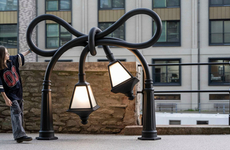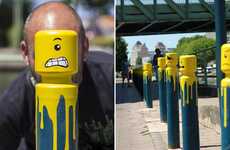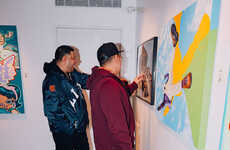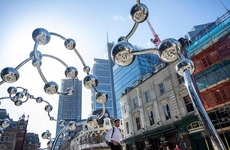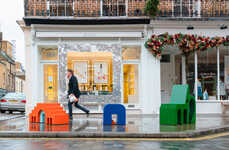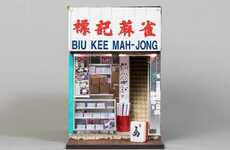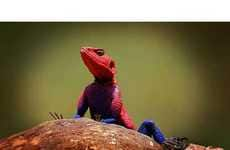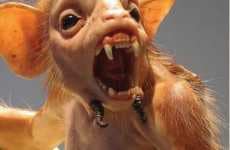
‘Little People' in London
TrendHead — October 19, 2008 — Art & Design
References: slinkachu.blogspot & little-people.blogspot
This is an awesome street art project called ‘Little People’ by artist Slinkachu. On any old street corner in London these tiny people do day-to-day business like post a letter in a letterbox, have a picnic, board a space ship, or withdraw some cash.
But it is only for the sharp-sighted whose eyeballs are alert enough to catch them. These miniatures are so tiny that they look small next to a tooth pick.
If you like what you see, you can also buy the book documenting Slinkachu’s work, titled “Little People in the City: The Street Art of Slinkachu.” It’s a chunky little brick depicting the artist’s photographs of Little People over the past years. I wonder where the pipeline into an old Starbucks paper cup is going to end…
But it is only for the sharp-sighted whose eyeballs are alert enough to catch them. These miniatures are so tiny that they look small next to a tooth pick.
If you like what you see, you can also buy the book documenting Slinkachu’s work, titled “Little People in the City: The Street Art of Slinkachu.” It’s a chunky little brick depicting the artist’s photographs of Little People over the past years. I wonder where the pipeline into an old Starbucks paper cup is going to end…
Trend Themes
1. Miniature Public Art - Artists could leverage miniature public art installations to create unique and engaging experiences for people.
2. Invisible Art - Artists could create invisible art that is only visible to those who purposefully seek it out, creating a sense of exclusivity and intrigue.
3. Interactive Art Exhibitions - Art exhibitions could incorporate technology and interactive elements to create immersive experiences for visitors.
Industry Implications
1. Tourism - The tourism industry could develop tours that showcase miniature public art installations as a unique attraction that is specific to certain cities.
2. Fine Art - Fine art galleries could feature more interactive and technology-driven art exhibitions to appeal to a younger, tech-savvy demographic.
3. Advertising - Brands could use invisible art as a way to create buzz and exclusivity around their products and services, encouraging people to seek them out and participate in a larger marketing campaign.
3.4
Score
Popularity
Activity
Freshness



